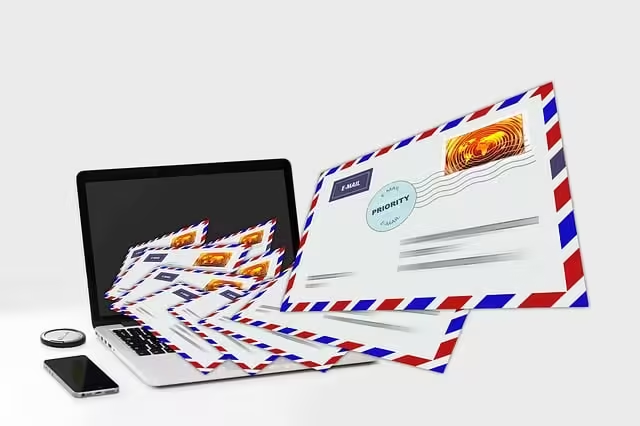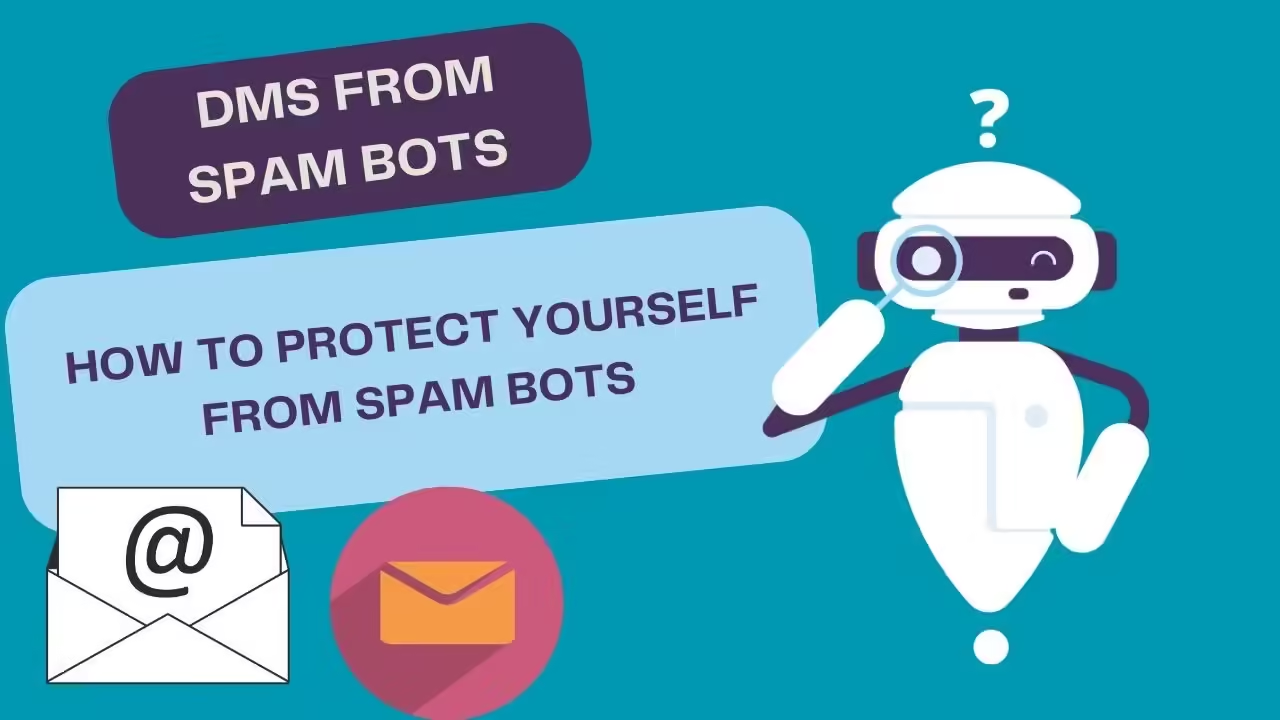Understanding DMs From Spam Bots:
In the age of social media, direct messages (DMs) have become a crucial way for individuals to communicate quickly and efficiently. However, alongside the legitimate messages, there’s been a significant rise in spam DMs, often sent by bots. If you’ve wondered, “Why am I getting DMs from spam bots?” you’re not alone. This article delves into the reasons behind the influx of spam bots, their modus operandi, and how to protect yourself from these digital nuisances.
Spam bots are automated programs designed to send messages en masse. These messages can range from harmless advertisements to malicious links intended to phish for your personal information. The primary purpose of these bots is to exploit the vast reach of social media platforms to spread their messages quickly and efficiently.
Reasons Behind Receiving Spam DMs:
- Public Profiles: If your social media profiles are public, you’re more likely to be targeted by spambots. Public profiles are easily accessible, making it simpler for bots to find and message you.
- Use of Popular Hashtags: Using popular or trending hashtags increases the visibility of your posts, but it also makes you a target for spam bots that search for these hashtags to spread their messages.
- Participation in Contests and Giveaways: Engaging in online contests or giveaways can sometimes lead to an increase in spam. Bots often monitor these activities to exploit the excitement and engagement levels, sending fraudulent messages claiming you’ve won a prize.
- Inadequate Privacy Settings: Weak privacy settings can expose your account to unwanted attention. Ensuring your settings are optimized can help minimize exposure to spam bots.
- Interactions with Unknown Accounts: Accepting friend requests or following unknown accounts can increase the likelihood of receiving spam. Some of these accounts may be controlled by bots looking to exploit your connections.
- Email Leaks and Data Breaches: If your email address has been exposed in a data breach, spam bots might use it to send DMs across various social media platforms linked to that email.
- Clicking on Malicious Links: Interacting with spam messages or clicking on suspicious links can inadvertently subscribe you to more spam. Bots often track these interactions and add active responders to their lists.

How Spam Bots Operate:
Spam bots utilize various techniques to send their messages:
- Algorithmic Messaging: Bots are programmed to identify and message potential targets based on algorithms that scan for keywords, hashtags, and public information.
- Phishing Links: Many spam bots send links to phishing sites designed to steal your personal information or install malware on your device.
- Impersonation: Some bots impersonate legitimate accounts to gain your trust and make you more likely to interact with their messages.
- Automated Engagement: Bots can automatically like, follow, and comment on posts to appear legitimate and increase the chances of their messages being read.
Impact of Spam DMs:
Receiving spam DMs is not just a minor inconvenience; it can have several negative consequences:
- Security Risks: Clicking on links in spam messages can expose you to phishing attacks, malware, and other cybersecurity threats.
- Privacy Invasion: Spam bots can collect personal information from your public profile, leading to privacy concerns.
- Time Wastage: Dealing with spam messages takes time and can significantly distract from more important communications.
- Reputation Damage: If a bot impersonates you or someone you know, it can damage your reputation or relationships.
How to Protect Yourself from Spam Bots:
- Adjust Privacy Settings: Make your profiles private where possible and adjust privacy settings to limit who can send you messages.
- Be Selective with Hashtags: Use hashtags strategically and avoid overusing popular ones that attract spam bots.
- Verify Friend Requests: Be cautious when accepting friend requests or follows from unknown accounts.
- Use Two-Factor Authentication: Enable two-factor authentication (2FA) to add an extra layer of security to your accounts.
- Regularly Update Passwords: Change your passwords regularly and ensure they are strong and unique for each platform.
- Report and Block Spam: Most social media platforms have options to report and block spam accounts. Utilize these features to reduce spam in your DMs.
- Be Cautious with Links: Avoid clicking on suspicious links, especially those sent by unknown accounts.
- Monitor Data Breaches: Use services like Have I Been Pwned to check if your email has been part of a data breach and take necessary actions to secure your accounts.

The Role of Social Media Platforms:
Social media platforms play a crucial role in combating spam. Here’s how they are working to protect users:
- Algorithmic Detection: Platforms use advanced algorithms and machine learning to detect and remove spam accounts automatically.
- User Reports: Encouraging users to report spam helps platforms identify and take action against spam bots more effectively.
- Verification Processes: Verification processes for accounts help distinguish legitimate users from bots.
- Regular Updates: Continuous updates to security protocols help prevent spam bots from exploiting new vulnerabilities.
Conclusion:
Spam bots are an unfortunate reality of the digital age, but understanding why you’re getting DMs from them and how they operate can help you take steps to protect yourself. By adjusting your privacy settings, being cautious with your interactions, and leveraging the security features offered by social media platforms, you can significantly reduce the likelihood of falling victim to spam bots. Stay vigilant and proactive in managing your online presence to ensure a safer and more enjoyable social media experience.
FAQs
Q1: Can spam bots hack my account?
A1: While spam bots themselves typically do not hack accounts, they can send phishing links that, if clicked, could lead to hacking attempts. Always be cautious of suspicious links and messages.
Q2: How can I tell if an account is a spam bot?
A2: Signs of a spam bot include generic messages, unsolicited links, a high following-to-follower ratio, and accounts with minimal personal information or posts.
Q3: Are there any tools to help detect spam bots?
A3: Yes, several tools and browser extensions can help detect and block spam bots. Additionally, most social media platforms have built-in features to report and block suspicious accounts.
Q4: What should I do if I receive a suspicious DM?
A4: Do not click on any links or provide personal information. Report the message to the platform and block the sender.
Q5: Can I completely avoid spam bots?
A5: While it’s challenging to completely avoid spam bots, taking proactive measures can significantly reduce their impact. Stay vigilant and use the security features available on your social media platforms.
